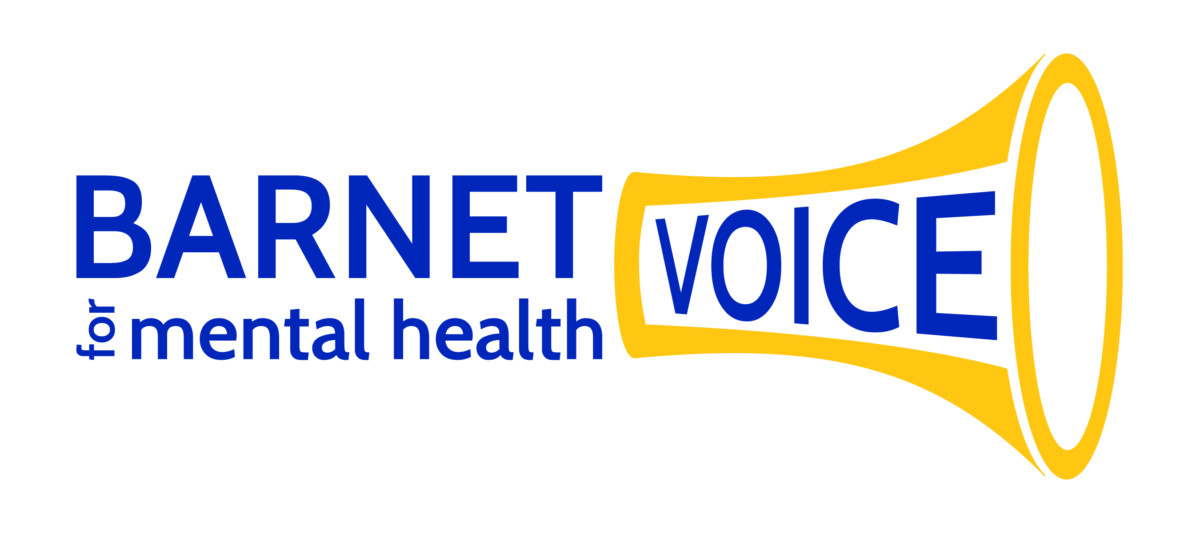The Social Model in practice: an example
Sujata is visually impaired and has difficulty seeing.
The social model would look at the barriers and challenges Sujata faces beyond the visual impairment itself.

Information Accessibility
In this digital age, a lot of information is conveyed through visual means, such as websites, graphics, or charts. However, for Sujata, accessing this information can be challenging. The social model suggests that society should ensure that information is available in alternative formats. These could be audio descriptions or text-to-speech software, so that Sujata can have equal access to information.
Employment Opportunities
Sujata might face difficulties in finding employment not because of their visual impairment but due to employers’ attitudes and prejudices towards disabled people. The social model encourages society to adopt inclusive hiring practices, provide necessary accommodations, and challenge discriminatory beliefs to give everyone an equal opportunity to work.
Public Transportation
Navigating public transportation can be challenging for Sujata, as there might be insufficient or unclear information for people with visual impairments. The social model advocates for improving the accessibility of public transport by providing audio announcements, tactile maps, and well-designed infrastructure.
Social Stigma
Sujata may encounter social stigma or misconceptions about blindness, leading to them being treated differently or underestimated. This is often referred to as attitudinal barriers. The social model promotes raising awareness and educating the public to break down stereotypes and foster a more inclusive and understanding society.
Education
In the education system, Sujata might face barriers like inaccessible textbooks or limited support for their specific needs. The social model encourages the implementation of inclusive education practices. These might include providing accessible materials and assistive technologies, to ensure that Sujata can fully participate in learning.
In each of these examples, the social model highlights that the challenges faced by Sujata are not solely due to their visual impairment. They are heavily influenced by the way society is organised and the attitudes of others. By addressing these social and environmental barriers, we can create a more inclusive and supportive environment for individuals with any type of impairment or condition.




